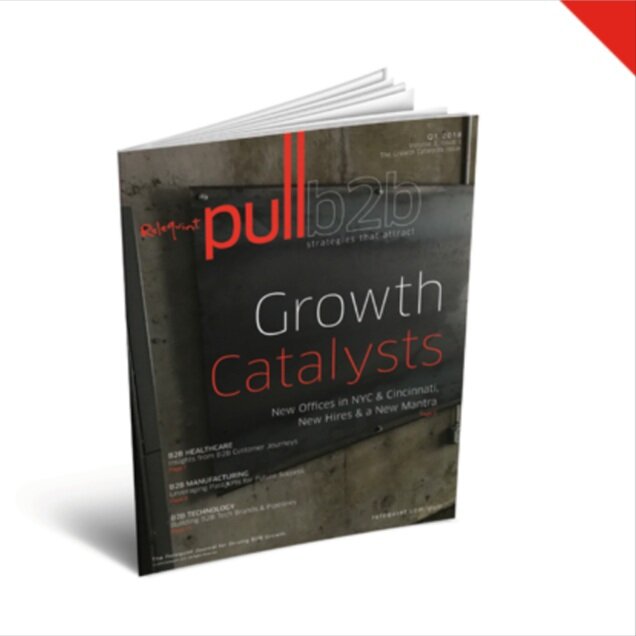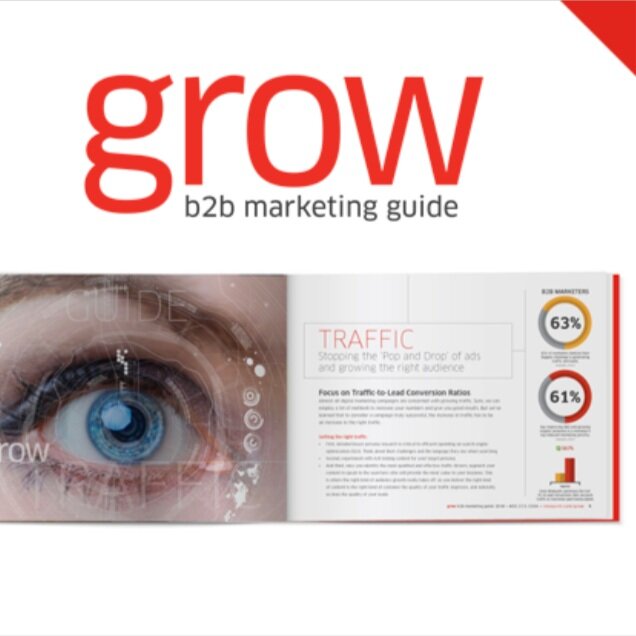 Increases in leads and conversions are always a good thing, right? Wrong.
Increases in leads and conversions are always a good thing, right? Wrong.
There’s no money to be made chasing leads that were never going to become customers, and there are plenty of people who might end up in your funnel who don't belong there. Here are a few ways to identify these groups and keep them at bay while staying focused on the people you do want.
The Front Lines: Google Searches
You spent a lot of time developing keyword lists that are built around attracting the right audience, but how much time have you spent with negative keywords? Negative keywords exclude search terms from your PPC campaigns so your ads don’t show up when searchers use those terms.
For example, if you’re marketing an enterprise accounting software solution, you don’t want anyone who’s searching for a bookkeeping solution for their small business. They don’t need the power behind your solutions and are unlikely to have the budget for it anyway. Therefore, it makes sense to exclude “bookkeeping” and “small business.”
While you consider all the variations of the search terms you want to exclude, this process of elimination also helps you get a clearer understanding of the things your core customer base is looking for.
Disqualifying Leads Early
Most marketing and sales departments use a method for scoring and qualifying leads, but your landing pages and forms are also a way to deter unqualified leads from entering the pipeline to begin with.
In the example of the enterprise accounting software from above, think about the type of prospect who would be a poor match for your solution. For example, you may not want to attract people with the job title of “office manager,” as this role is typically associated with small businesses that don’t need an enterprise solution.
To start disqualifying leads early in the process, include form fields that contain choices that work as disqualifiers, such as job titles or one’s role within the company. Or include a simple drop down that asks for company size and provides quick choices such as “less than 50,” “between 50 and 100,” “between 100 and 500,” and “more than 500.” It’s likely that the last choice is your best customer, the middle options probably need further qualification and the first choice is a mismatch.
While you’re thinking about choices that can be used to disqualify mismatched visitors, you’ll also be narrowing the qualities of your best B2B buyer persona.
Neglect Vs. Nurture
If poor matches somehow manage to get past your SEO and form-screening efforts, a bit of gentle neglect in the nurturing process can help them realize that they’re in the wrong place while also helping you stay focused on your best prospects.
For qualified leads, you want the nurturing process to answer questions and remove roadblocks to help that person conclude that your solution is right for them. For unqualified leads, you want to be able to filter out anyone who doesn’t have the budget for your solutions, doesn’t have the authority to make decisions or doesn’t actually need the product or services that you offer.
Accomplishing this during the nurturing process means making sure your branding clearly communicates the scope and nature of your products and services, and that your messaging is packed with information. Don’t beat around the bush when it comes to pricing or implementation, and discuss the scope of your solutions early on.
In other words, focus on speaking so openly to your best B2B buyer persona that everyone else feels a little left out.
Working in Reverse
Most of the time, marketers focus on the needs of their audience and build campaigns based on meeting those needs. But it’s necessary to know what disqualifies a lead, too. Not only will you be able to exclude groups that take up time and resources but will never result in a sale, but you’ll also gain insight about your best customers through the process of eliminating the ones you don’t want. ![]()







 By
By 
